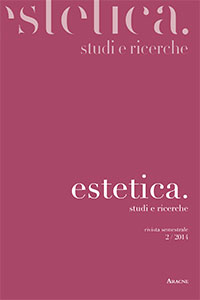
ABSTRACT: The elective ambiguity of Heraclitus’ writing hints at the remoteness of logos, at the unceasingly change oneness of the whole and at the primary contact beetween the man and the world. The recurrent use of homography, homophony, asyndeton, polysemy, as well as the apposition of contradictories images means to undermine the principle of individuation and the law of identity, on which the human knowledge is grounded. In this way, the Heraclitus’ writing expresses the transitiveness of the multiple cosmic shapes of the unitary Logos.Sapience is different from any other kind of knowledge, having not a specific area of study; on the contrary, it searches the unitary sense, the only principle to which every knowledge must be led back. The Heraclitean sapience consists of being expert of the reason which rules everything by everything, of the measure which is inmost cosmic rule, of the invisible harmony among discordant sounds, of the identity within the change.
KEYWORDS: expression, measure, metamorphism, harmony, homology.
KEYWORDS: expression, measure, metamorphism, harmony, homology.
| pagine: | 165-184 |
| DOI: | 10.4434/ESR.20396635.082014.12 |
| data pubblicazione: | Dicembre 2014 |
| editore: | Aracne |








